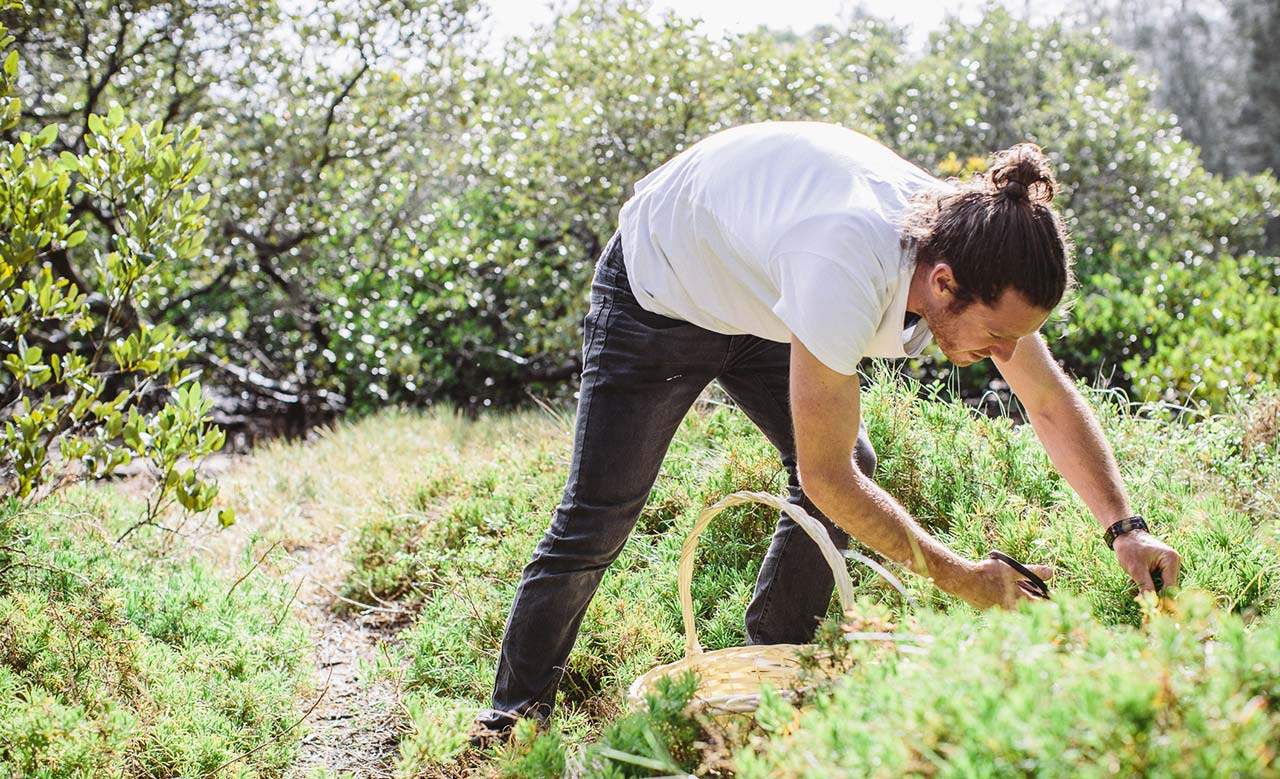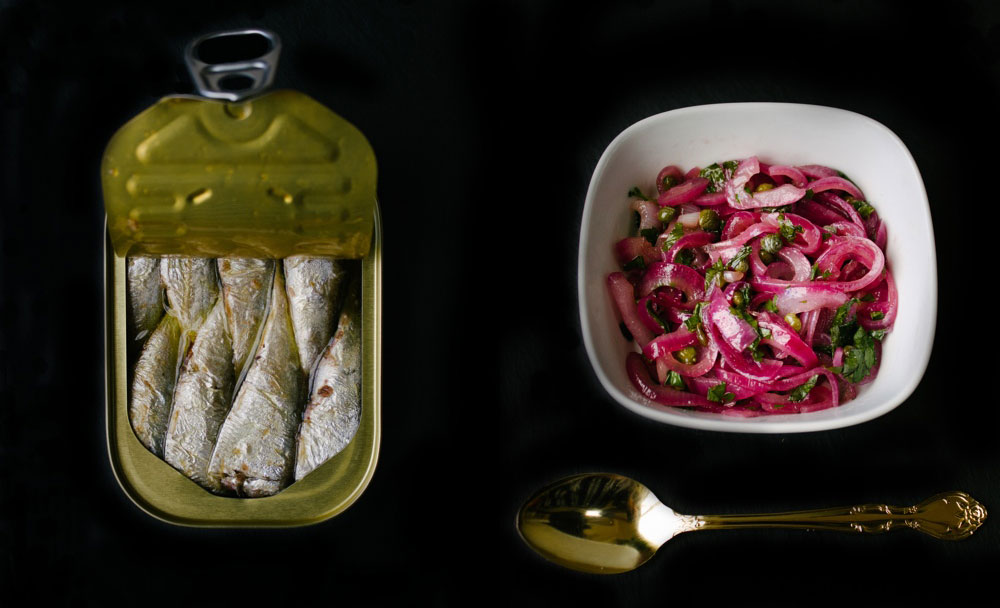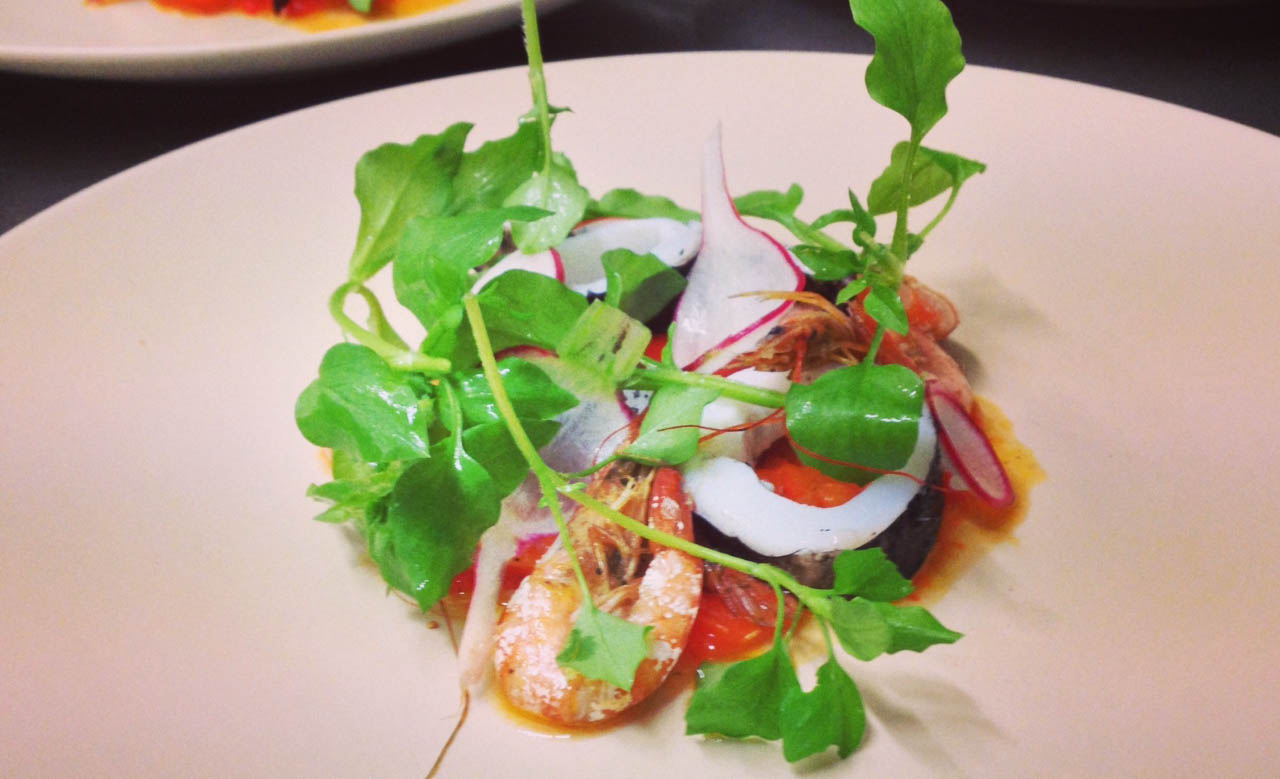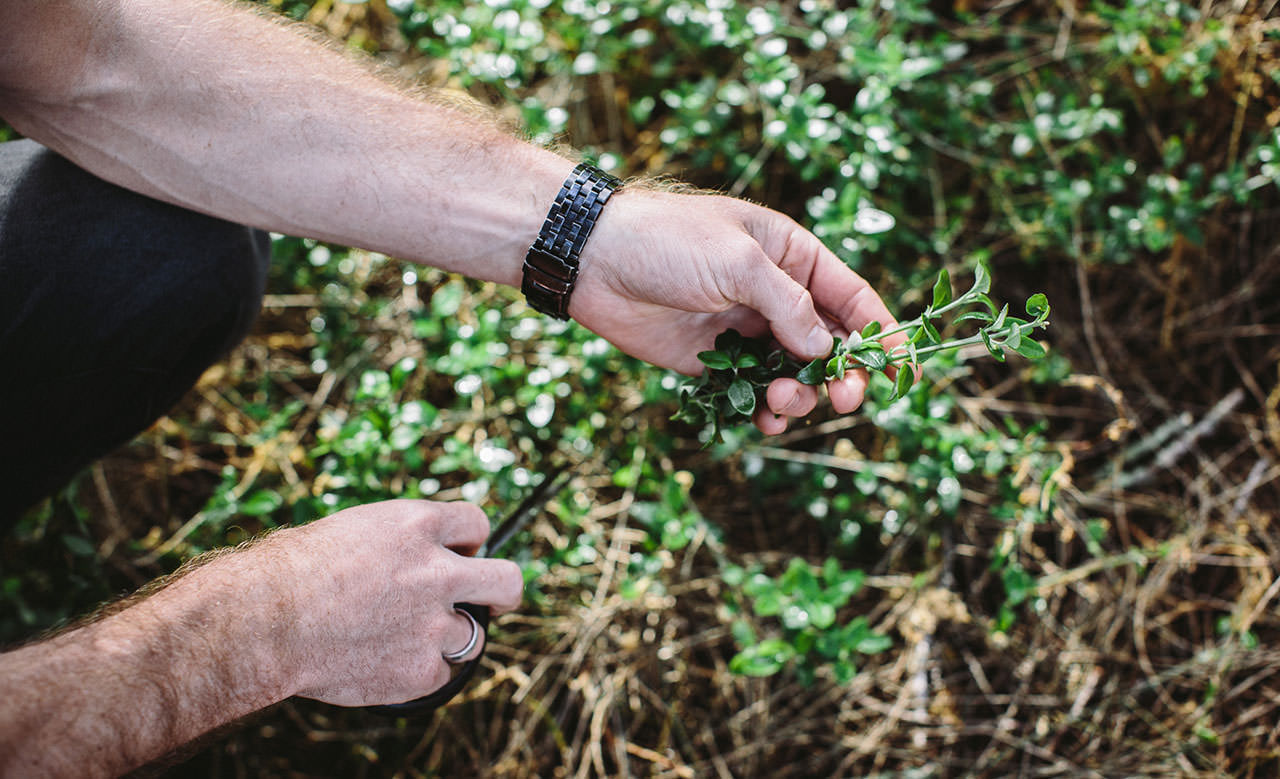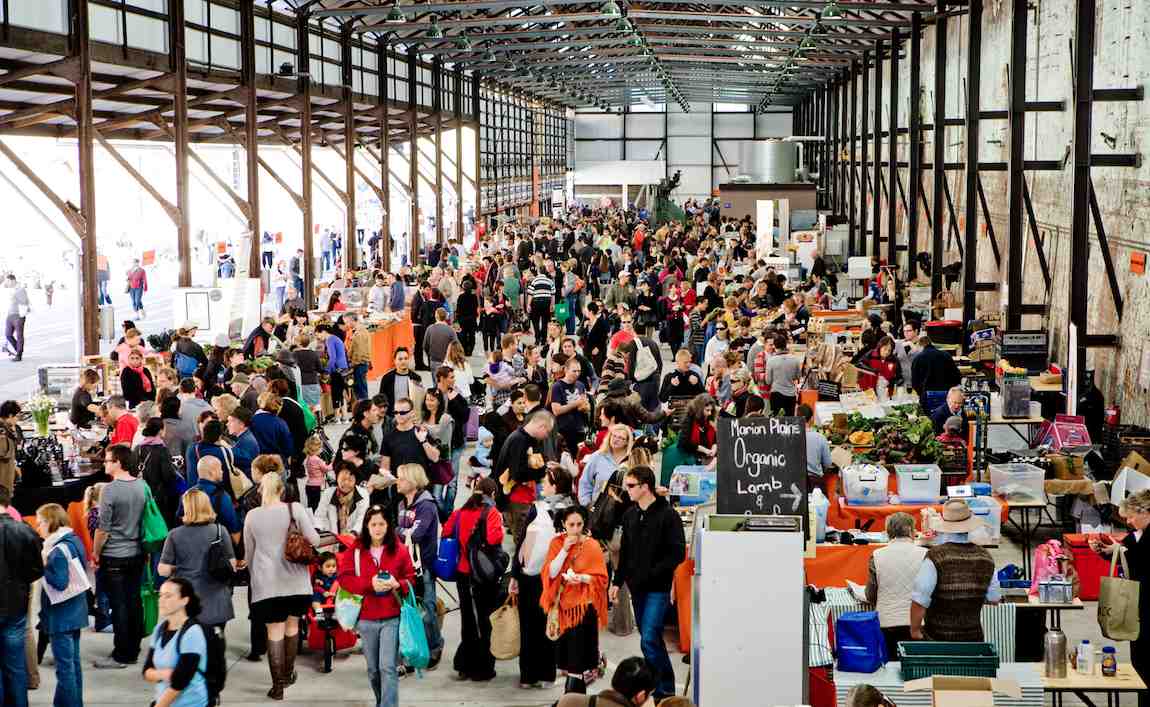How to Really Eat Local
Five tiny lifestyle changes that do a world of good.
Eating locally is having a moment. Or maybe a movement. It seems like everyone from writer turned farmer Matt Evans to comedian Adam Hills is advocating the joys of eating local. By eating local we're talking about eating foods sourced within a certain geographic region — ideally one that doesn't rack up 70,000 kilometres of travel to get to you. That's the distance a basket of our 29 most common grocery items is said to have travelled in their quest to reach your hot little hands.
Since the frozen berry recall in February this year, the buzz around eating locally sourced foods has grown even louder, with consumer advocacy group, Choice, adding their weight to a campaign for clearer country-of-origin labels.
“The claim 'Made in Australia from local and imported ingredients' is anecdotally the most frustrating claim, as this tells you nothing about where the ingredients are from,” says Katinka Day, policy and campaigns advisor at Choice. “At the moment, there isn't much consumers can do if they are confused about the current labels. They can seek brands who are proactively putting more information about origin on their packs or join our campaign calling for better country of origin labelling.”
With Australia being renowned for producing some of the best fruit and vegetables in the world, it also begs the question why we even need to import or eat frozen produce in the first place.
According to Kelly Barlow, nutritionist, owner and cook at the Waterline Cafe in Little Bay, the reasons are manifold but it comes down to one thing: Australians have become too spoilt for choice. The granddaughter of Australian farmers, Kelly says most consumers have forgotten that once upon a time you couldn’t get blueberries (or bananas or watermelon or any other seasonal fruit or veg) every day of the year and stamping your foot because you couldn’t have your morning acai and blueberry smoothie wouldn’t have done you a jot of good.
“We have an abundance of food in Australia and we can get everything we want nearly all the time. But because of that we end up wanting everything all the time and unfortunately we’ve forgotten the joy in seasonality,” says Kelly.
YOU DON'T HAVE TO AVOID EVERYTHING THAT'S IMPORTED
So does eating local mean farewelling tinned tuna because it comes all the way from Thailand? If you can't track down the exact tree, paddock or stream that your dinner has come from, does it make it bad? Barlow suggests the changes needn’t be so radical. Eating local isn’t about giving up all the conveniences of the modern world; it’s as simple as making more informed decisions about how we shop and eat.
“I’m not saying supermarkets and packaged foods are bad; the convenience is great," says Barlow. "But check that what you’re buying is grown in Australia. You don’t have to shop at farmer’s markets, just be aware of where your food comes from.”
Although Kelly uses foods sourced from across Australia and internationally, according to the nutritionist the key is in understanding each country’s growing and packaging standards. She suggests there are three key things consumers should think about when buying imported food: where does the food comes from, how was it manufactured and how was it transported into the country.
“The issue with eating imported food from a health perspective isn’t the preserving technique or that a vegetable has been snap frozen," she says. "It’s more to do with how that food item was grown and how it’s stored and transported ... If the earth and soil where the produce is grown is different to what we have here, if they use different pesticides, if the country where the food is grown doesn’t have access to clean water or has different food handling standards, all these factors have an effect on the quality and safety of the food you’re eating.”
BE READY TO ASK QUESTIONS ABOUT THE FOOD YOU'RE EATING
So where does this leave the average diner on a Friday night when country-of-origin food labelling is about as likely to feature on a restaurant menu as cassettes are to make a comeback? Chef Brendan Cato of The Farmed Table, a sustainable dining concept where all produce served is sourced or foraged by Brendan himself from a 30 kilometre radius of the venue, has some tips.
“Consumers drive menus,” says Cato, who has previously worked at restaurants like Sean’s Panorama and whose pop-up dinners have featured at Bangbang Espresso Bar and Cafe in Surry Hills and Bondi Picnic in Bondi. Although most people might think a restaurant will find it off-putting to be quizzed about the food they use, Cato disagrees. “Read the menu, chefs who use locally sourced food will often highlight it and don’t be afraid to ask your waiter where the food comes and if it’s local.”
TRY SOMETHING DIFFERENT
Diners who are willing to take a punt on lesser knowns foods will have a huge impact on the eating local movement and will probably give their tastebuds a surprise in the process. “When it comes to fish and seafood, for example, we love our salmon, tuna and snapper, but they’re not the most sustainable fish to eat all the time," says Cato, who also hosts a Fishy Business class at Work-Shop on the topic.
“In fact, there are lesser known fish like leather jacket, trevally, sardines and garfish that are equally tasty and easier to source locally but that don’t get a look-in because we’re not prepared to give them a go ... Chefs don’t serve these type of fish because we don’t know about them and at the end of the day, they want to serve something that sells.”
“The beauty of The Farmed Table is that diners don’t have a choice about what they eat,” he says, but adds that most people are often pleasantly surprised by the new foods they try.
LEARN ABOUT SEASONAL FOODS AND AIM TO EAT SEASONAL WHERE POSSIBLE
Although Brendan concedes that eating local food is easier when based in a produce-rich area like the NSW south coast, from where the chef hails, he suggests a slight attitude shift and a bit of good old common sense also play a part.
“Start by understanding what’s in season, what grows in the summer and winter, and make food choices based on that. Take fruit, for example. In summer we get loads of berries and stone fruit; in the winter it's citrus and apples. If you’re not sure, just look online."
“Even when you’re based in the city, you can eat local and seasonal quite easily," he adds. "There are local harvest collectives, groups of farmers that sell their produce direct to consumers, that can deliver seasonal food right to your door.”
SHOP LOCAL TO LEARN MORE ABOUT WHERE THE FOOD YOU BUY
When food shopping, Cato suggests adopting a stop and think approach and recommends striking up a conversation with your butcher, grocer or fishmonger to better understand where they source their produce. Even better, get out to a farmer’s market. “There’s no shortage of farmer's markets where you can talk directly with the growers. If they’ve grown most things, they’ll be upfront about how they’ve grown the food and can also tell you what’s in season.”

